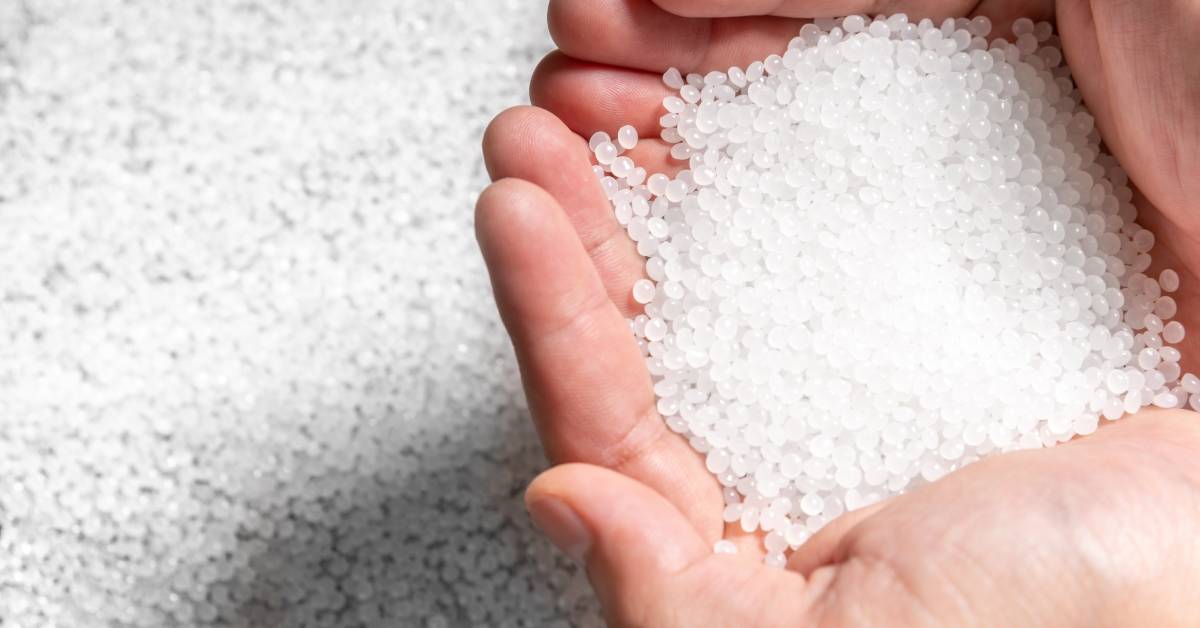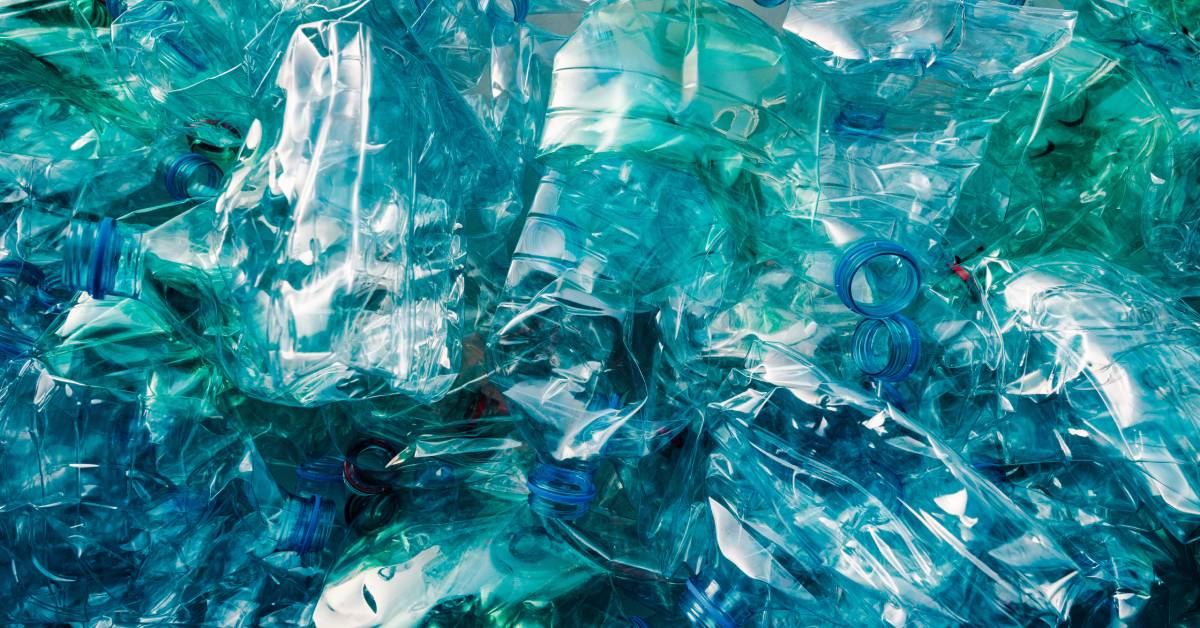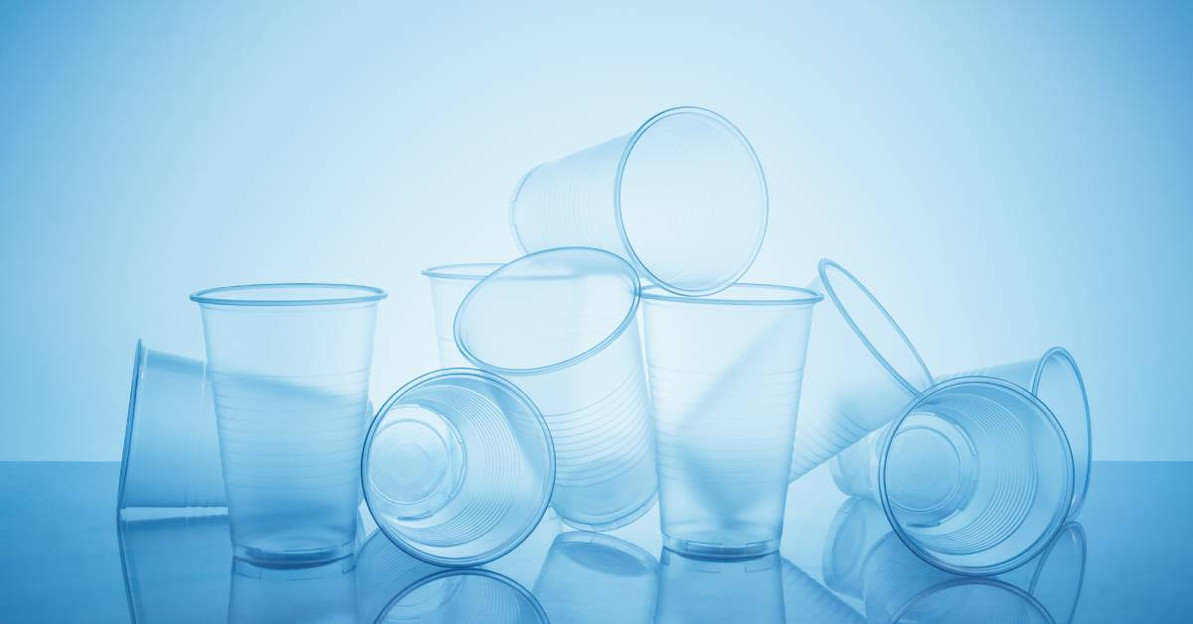An Inside Look As to How PET Cups Are Made
Clear PET (polyethylene terephthalate) plastic cups have become a staple in foodservice, admired for their durability, clarity, and recyclability. But how are these versatile cups actually made? From the raw materials used to the intricate manufacturing process, the journey of creating PET cups is a fascinating one. Read on for an inside look at how PET cups are made.
What Is PET Plastic?

Polyethylene terephthalate, commonly known as PET, is a type of plastic widely used in packaging due to its strength, transparency, and recyclability. It is part of the polyester family and is created through a polymerization process involving ethylene glycol and terephthalic acid. PET is ideal for food and beverage packaging, including plastic cups, because it is lightweight yet durable, resists impact, and maintains product integrity. Additionally, PET’s high clarity makes it perfect for clear beverage containers, giving it a sleek, professional appearance.
The Role of Raw Materials
The primary raw materials used in the production of PET cups are ethylene glycol and terephthalic acid, both derived from petroleum or natural gas. These two chemicals undergo a reaction known as polymerization, where they are heated to form long chains of molecules, resulting in the creation of PET. This material can then be molded and shaped into various products, including cups, bottles, and containers. The raw materials are carefully sourced to ensure quality and consistency, which is crucial for producing high-grade PET plastic.
Polymerization: The First Step in Production
The polymerization process is essential to creating PET plastic. During this stage, ethylene glycol and terephthalic acid are combined in a controlled environment and heated to create a polymer. The polymer is then cooled and solidified into a form known as PET resin. These resins are tiny pellets, which are the base material used in the manufacturing of PET products, including plastic cups. This step is vital because the quality of the polymer directly affects the durability and clarity of the final PET cup.
Transforming PET Resin Into Sheets
Once the PET resin is formed, the next step is to convert the pellets into PET sheets. This is done through a process called extrusion. The resin pellets are melted and then passed through a die to create a thin, continuous sheet of PET plastic. These sheets are rolled into large coils, which can be transported to manufacturers that produce PET cups. The thickness of the PET sheet can be adjusted during extrusion, allowing manufacturers to create cups with varying strengths and flexibility based on their intended use.
The Role of Thermoforming in PET Cup Production
Thermoforming is the key process that transforms PET sheets into cups. In this stage, the PET sheet is heated until it becomes malleable and is then stretched over a mold to form the shape of the cup. Once the cup is formed, it is cooled rapidly to solidify its shape. Thermoforming is a precise method that allows manufacturers to produce large quantities of PET cups quickly and efficiently. This process ensures that each cup has a consistent shape and thickness, providing both aesthetic appeal and functionality.
Shaping and Trimming the Cups
After thermoforming, the newly shaped PET cups need to be trimmed to remove any excess material. Trimming ensures that the cups have smooth edges and the desired height. This step is carried out using specialized trimming machines that cut away the extra plastic from the top of the cup. The trimmed PET material can be recycled and reused in the production process, contributing to the eco-friendly nature of PET plastic manufacturing. Once trimmed, the cups are ready for further processing, such as printing or packaging.
Quality Control in PET Cup Manufacturing
Quality control is critical at every stage of PET cup production to ensure the cups meet industry standards. During manufacturing, each batch of cups is inspected for defects such as air bubbles, weak spots, or uneven thickness. Quality control tests are performed on the strength, clarity, and recyclability of the cups. Ensuring high-quality standards helps manufacturers deliver durable, reliable products to the foodservice industry. This rigorous quality check guarantees that PET cups can withstand the rigors of everyday use while maintaining their sleek, clear appearance.
Customization and Branding Options
One of the advantages of PET cups is that they can be customized with logos and designs to reflect a brand’s identity. Manufacturers often offer printing services to create branded cups for restaurants, cafes, and other businesses. These custom designs can be applied using various methods such as screen printing or in-mold labeling, where the design becomes part of the cup itself. Custom branding not only enhances the cup’s visual appeal but also provides businesses with an effective marketing tool to increase brand recognition.
The Importance of Recyclability

PET is one of the most recyclable plastics available today. After a PET cup has been used, it can be cleaned, melted down, and reshaped into new products such as containers, bottles, or even fabric fibers. Recycling PET reduces the demand for new raw materials and lowers the environmental impact of plastic production. The recyclability of PET plastic makes it a more sustainable option compared to other materials, and many industries are choosing PET for its eco-friendly benefits.
Environmental Impact of PET Cups
PET plastic cups are favored for their lightweight design, which helps reduce transportation costs and carbon emissions during shipping. Additionally, their recyclability makes them an environmentally conscious choice in the packaging industry. However, the production of PET still relies on fossil fuels, which raises concerns about sustainability. To combat this, many manufacturers are exploring the use of recycled PET (rPET), which reduces the need for virgin plastic and minimizes the overall environmental footprint.
Innovations in PET Cup Production
Advancements in technology have improved the efficiency and sustainability of PET cup production. Some manufacturers are using more eco-friendly processes that reduce energy consumption and lower carbon emissions. Others are incorporating recycled PET into their production lines to create high-quality, sustainable cups. As consumer demand for environmentally friendly products continues to grow, the PET industry is constantly evolving to meet these expectations through innovation and sustainable practices.
PET Cup Durability and Performance
Clear PET plastic cups are known for their durability, making them ideal for a variety of uses, from serving cold beverages to packaging food. These cups are shatter-resistant, which adds to their appeal in busy foodservice environments. The strength of PET ensures that the cups hold their shape even when filled with liquid, and their resistance to cracking makes them a reliable option for businesses. Their clarity also provides a professional look that allows customers to see the contents inside, enhancing the presentation of beverages.
Choosing Clear PET Plastic Cups
Clear PET plastic cups offer a perfect balance of strength, clarity, and recyclability, making them an excellent choice for businesses. Whether you’re serving beverages at a restaurant, packaging food items for retail, or providing drinkware at an event, clear PET cups provide a versatile and environmentally friendly solution. With the growing demand for sustainable packaging, choosing PET cups helps reduce environmental impact while delivering a high-quality product that customers love.
Now that you know how clear PET plastic cups are made and the benefits they offer, you can appreciate their role in the foodservice and packaging industries. From their durability to their recyclability, PET cups provide an eco-friendly option for businesses looking to meet consumer demand for sustainable products.
Recent Posts
-
Tips for Organizing and Storing Catering Boxes in Bulk
Whenever your catering business prepares food for an event, you need enough food containers to meet …Aug 28th 2025 -
Sustainable Materials for Bulk Take-Out Containers in 2025
These days, restaurant owners are on the lookout for ways to lower their carbon footprints. One way …Aug 27th 2025 -
Everything You Need To Know About Pizza Box Sizes
Every time a restaurant cooks a pizza for a to-go order, the workers take great care to produce a ta …Aug 18th 2025




